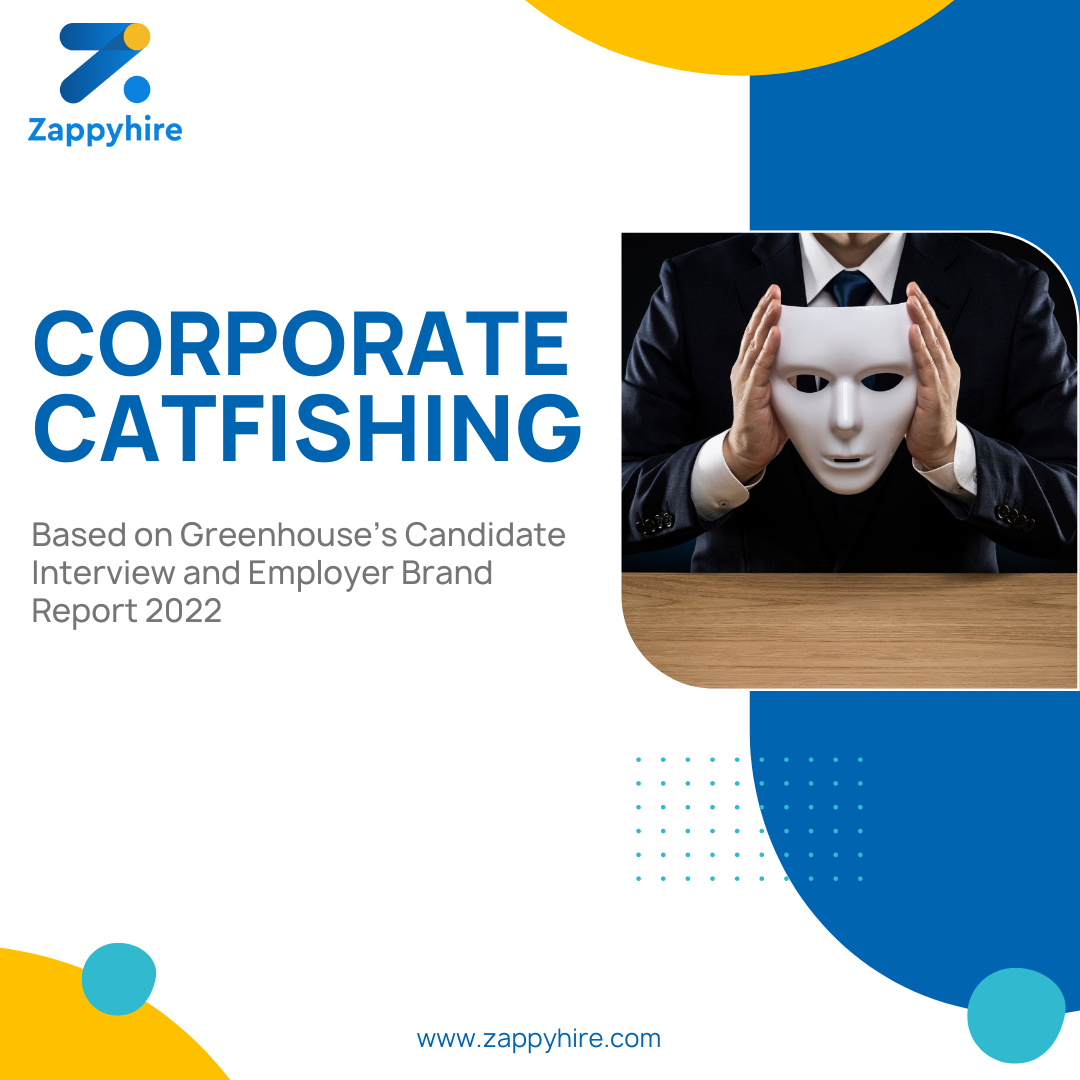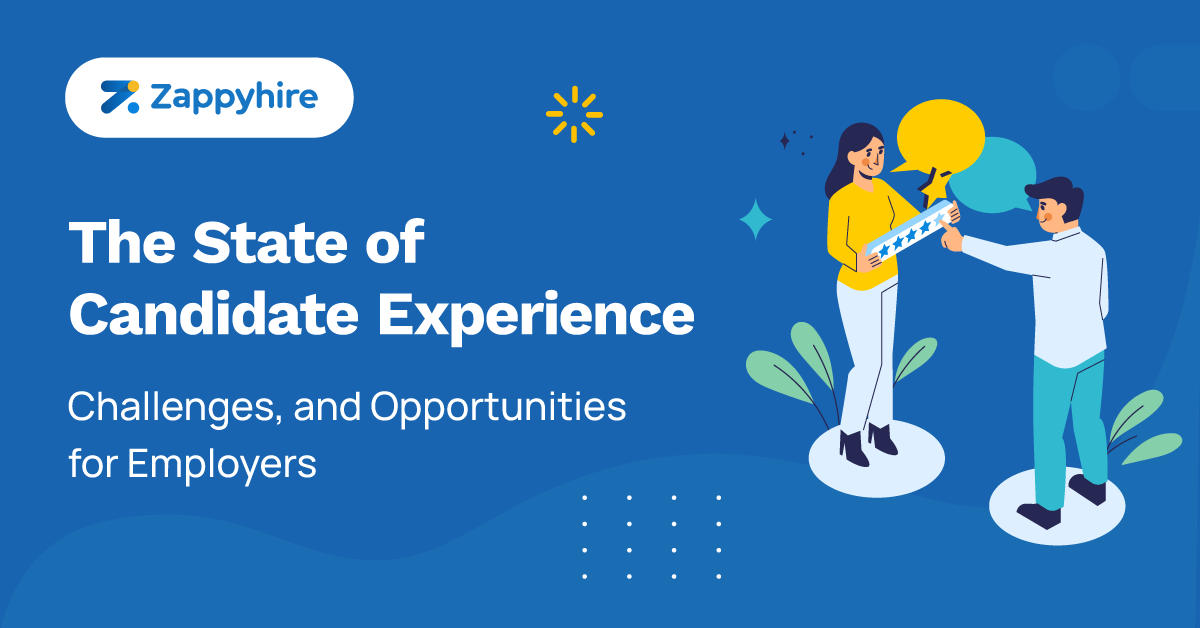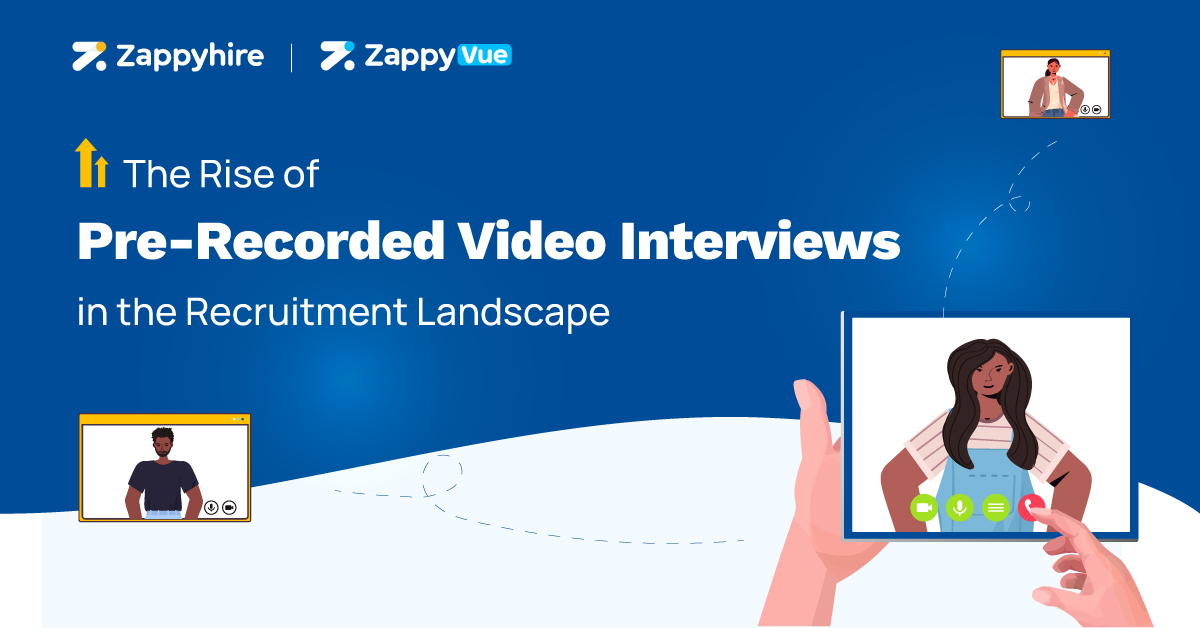
When real company culture is masked with an ideally portrayed employer brand, it is called corporate catfishing.
Employer branding is the idea that companies can gain a competitive edge by actively managing their reputation. It can help improve hiring success, reduce turnover, and increase employee satisfaction and loyalty to the company. It also helps companies stand out from their competitors by building a distinct image.
Take a look at the infographic image below or download the pdf version.

When a candidate sees a job posting, they imagine what it would be like to work at that company. They picture the working environment, the people they’ll be collaborating with, and the quality of day-to-day life there. It’s an inviting mental image that can make them overlook red flags in the job description or pay little mind to the company’s inactive social media accounts.
So, what can employers do?
Companies need to make sure that every touch point with potential employees is positive. The truth is that most people won’t give an employer the benefit of the doubt for a bad hiring experience. In fact, they’re more likely to share negative experiences than positive ones – and if someone else has had a bad experience dealing with your company, they’ll probably tell their friends and family about it too!
The best way to ensure good candidate experiences is by making sure every step of your process works as well as possible for candidates. That means getting your messaging right, ensuring there are no surprises along the way (like multiple rounds of interviews), and building relationships with potential employees through things like engaging infographics or personalized video content, or candidate ratings surveys.
Post-offer engagement is just as important
When you think about the candidate experience, you probably start with the recruiting process. The truth is that your candidates have already been through their share of bad experiences by the time they reach your career site or apply for your jobs. If you want to build a strong employer brand and attract top talent, it’s important to continue nurturing that relationship post-hire as well.
In other words, onboarding is more than just handing a new employee an employee handbook and saying “welcome aboard!” An effective onboarding program will provide new hires with everything they need for success in their role – from clear expectations for day-to-day tasks and projects to guidance on where and how they can get help if needed – and it should begin as soon as possible after hiring decisions are made (ideally before an offer has even been extended).
This can be done in person via virtual meetings or phone calls from managers; through online training modules; by explaining what type of equipment will be provided at each work location; etc. It’s also important that employers provide tools like Slack channels or instant messaging apps so employees feel connected even when not physically present at work locations throughout their initial days on the job.
Corporate catfishing will be damaging in the long run
For companies that catfish candidates, their survival will be short-term and become a part of here today and gone tomorrow. When the employees decide to leave, they will share their negative experiences on social media and in their social networks, which will damage the company’s image as an employer. Ultimately, no one wants to work in a company that lacks integrity at a fundamental level, and hence, companies that catfish will face a dearth of talented applicants which will be detrimental to the company’s growth.
No matter what industry, it’s vital for companies to ensure that their candidates and employees feel positive about themselves and their work, and not feel bamboozled and misled. For startups and small businesses, this can be a particular challenge. However, the rewards when you get it right are tremendous and will help contribute to the growth and success of your company.
Related article: How A Digital Recruitment Strategy Boosts Employer Branding





